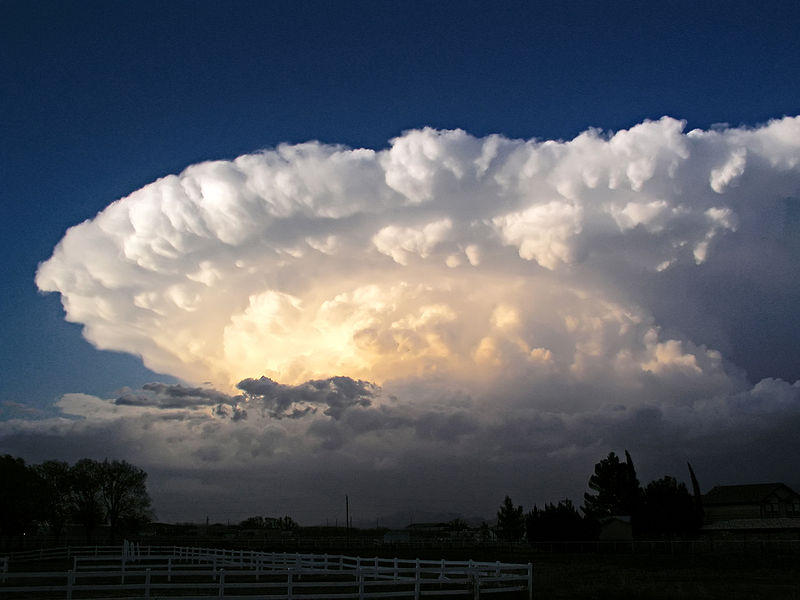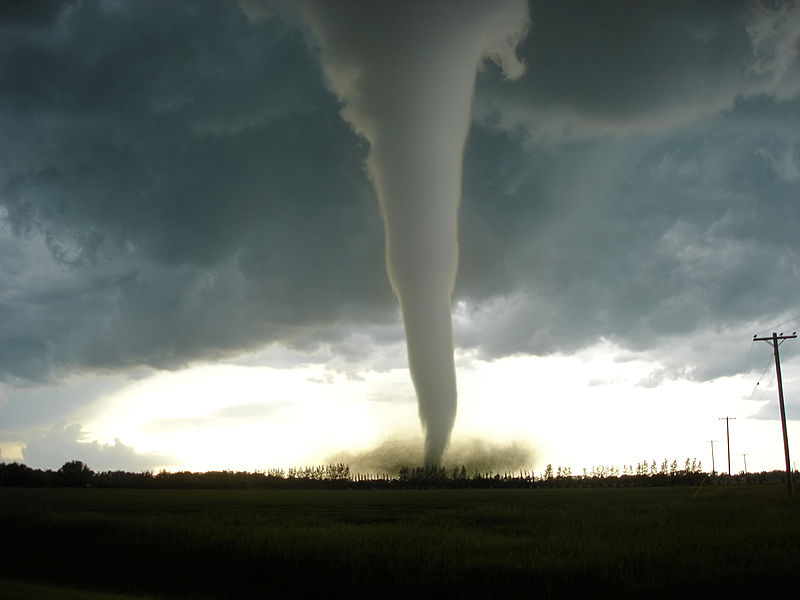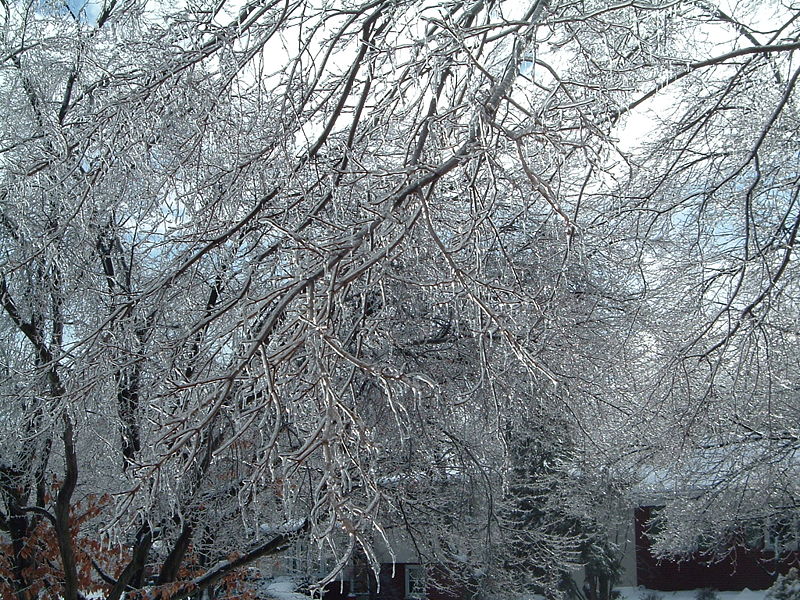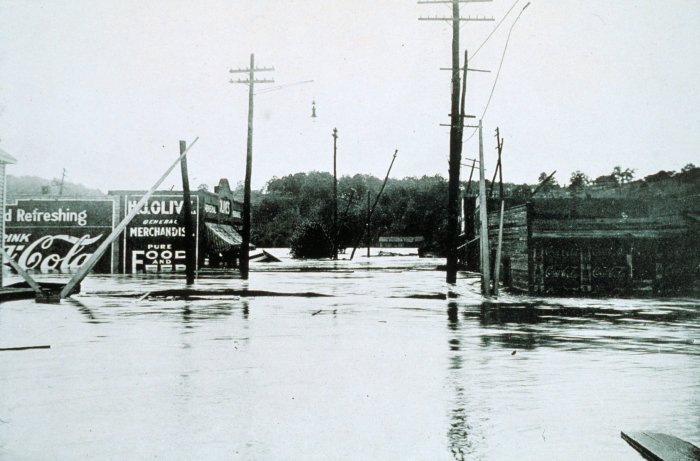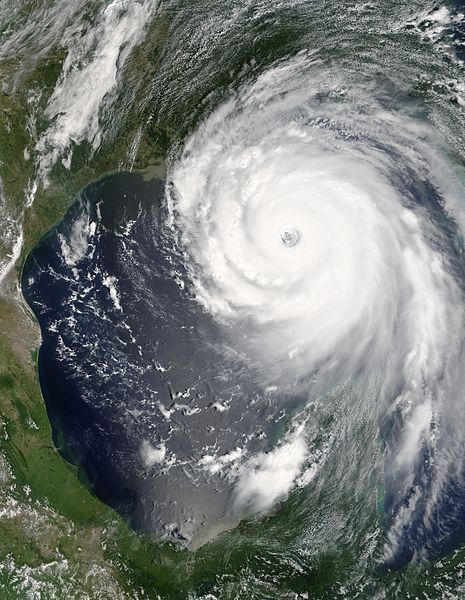Severe Weather Safety
Now that you have an understanding of the different types of severe weather click on images to learn some tips to stay safe during these events. Make sure to pay attention to the watches and warnings issued by the National Weather Service (https://www.weather.gov/safety/) for additional information to help protect yourself from severe weather.
Thunderstorm Safety Tips
- When it roars, go indoors. If you can hear thunder, you are close enough to be struck by lightning.
- Find shelter inside of a sturdy structure, and stay away from windows.
- Do not stand underneath a natural lightning rod, such as a tall isolated tree or pole. Avoid standing near anything metal.
- If you are swimming or boating, make sure to move immediately to land.
Tornado Safety Tips
- Go to the basement or an interior room of the building and avoid windows, doors and outside walls.
- Leave mobile homes and vehicles and get to a substantial shelter. If shelter is not nearby, lie flat in the nearest ditch, with your hands shielding your head.
Winter Storm Safety Tips
- Stay indoors during storms and only travel if it is necessary.
- Do not travel alone.
- Make sure to have extra supplies and non-perishable food in case of power failures.
- Keep a winter storm kit inside of your car in case you become stranded.
Flood Safety Tips
- Move away from areas that are susceptible to flooding and avoid areas that are already flooded. Retreat to higher ground.
- Turn Around, Don't Drown. Do not drive through flooded roads, because the water may be deeper than it looks and the road may not be intact under the water.
- Be cautious at night when it is hard to recognize flooded roadways.
Hurricane Safety Tips
- Pay attention to evacuation orders from officials.
- Make sure to have a hurricane supply kit ready, before June 1st, the start of Hurricane Season.
- Know what to do before, during, and after the storm
